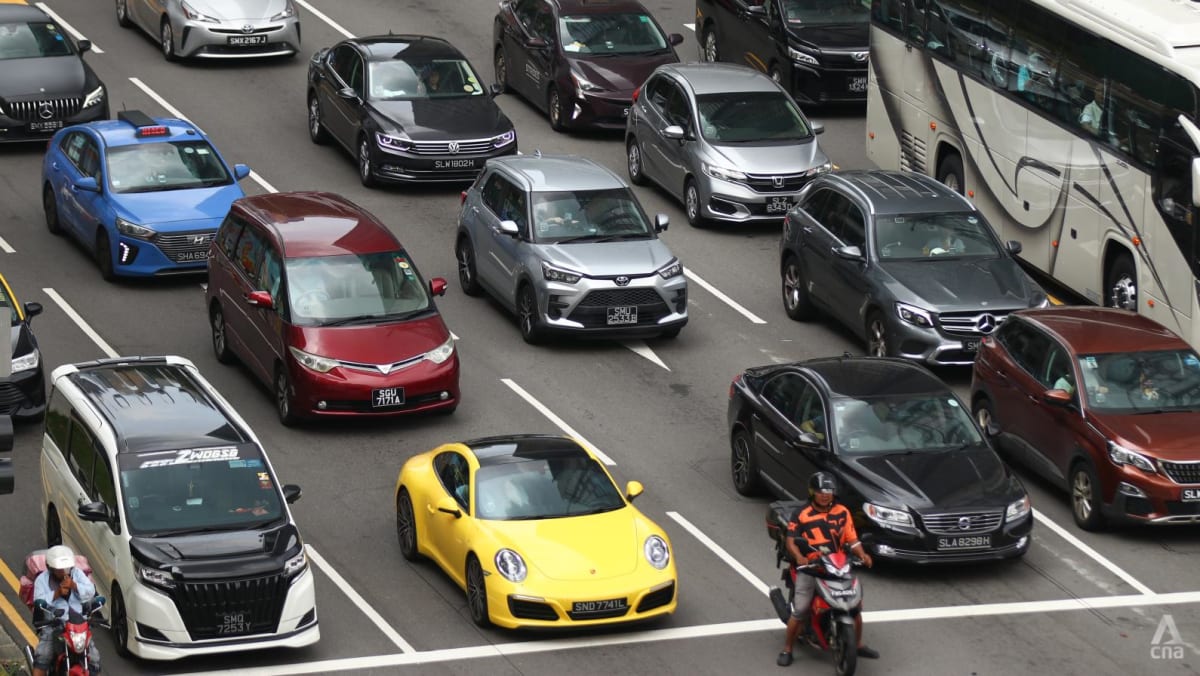WHY IS COE INJECTION NOT INCLUDED AS PART OF VEHICLE GROWTH RATE?
LTA said the move to increase COEs will be on top of the existing allowable vehicle growth rate (VGR), which remains at 0 per cent for most categories.
The VGR is the annual growth rate of the total vehicle population in Singapore, and is reviewed every three years. It is separate from the progressive introduction of the additional COEs.
Assoc Prof Theseira said that if LTA commits to a vehicle growth rate, it would not have the flexibility to decide when the COEs are added.
“Whereas this 20,000 (COE injection), they have a lot of policy flexibility,” he said.
This has its pros and cons.
“The good thing is that they can be a bit more aggressive with filling in the low supply years … But on the other hand, flexibility also means that the market will have difficulty predicting what’s going to happen,” he said.
Dr Ong said that the 20,000 COE injection can be seen as a “one-off” move ushering in the new ERP 2.0 technology.
“The 20,000 … you can treat it as a bonus number that is put in because of the implementation of (ERP 2.0) technology,” he said.
Likewise, between 1997 and 2003, 10,500 new COEs were injected upon the introduction of the current ERP system.
“By committing to an (annual) number, that means you are committing to a VGR irrespective of the reasons,” he said. “You cannot keep on increasing by (a certain percentage) every year, and then expect the conditions (in the future) to be the same as today.”
ANOTHER QUOTA INCREASE WITH DISTANCE-BASED CHARGING?
With the possibility of distance-based charging in the future, could there be another increase in COEs?
Dr Ong said that with distance-based charging, there would be an even more dynamic charging strategy that could manage congestion even more effectively than virtual gantries.
“There is a potential we can have another injection (of COEs) in the future,” he said.
However, Assoc Prof Theseira said that the current ERP 2.0 system first needs to prove itself to be effective in managing congestion before distance-based charging can be considered.
“We haven’t used (distance-based) charging before, and globally, there are almost no countries with such a system that allows this fine-tuning of road charging,” he said.
Tests have to be done when ERP 2.0 is fully adopted to see if it would be effective in managing traffic, and the system also has to gain public acceptance before it can be rolled out.
“These are things that we have to kind of evolve as we go along,” he said.

